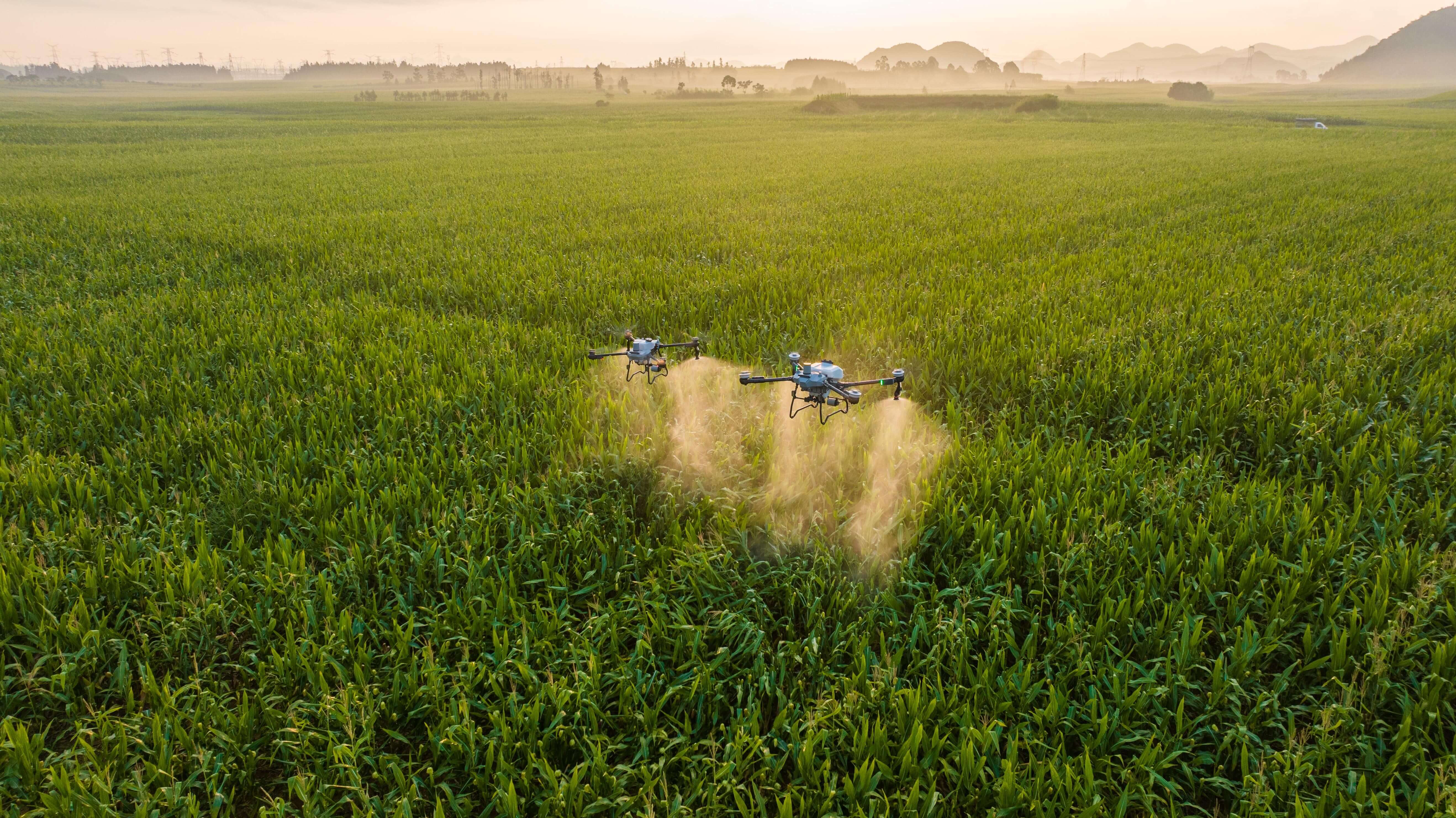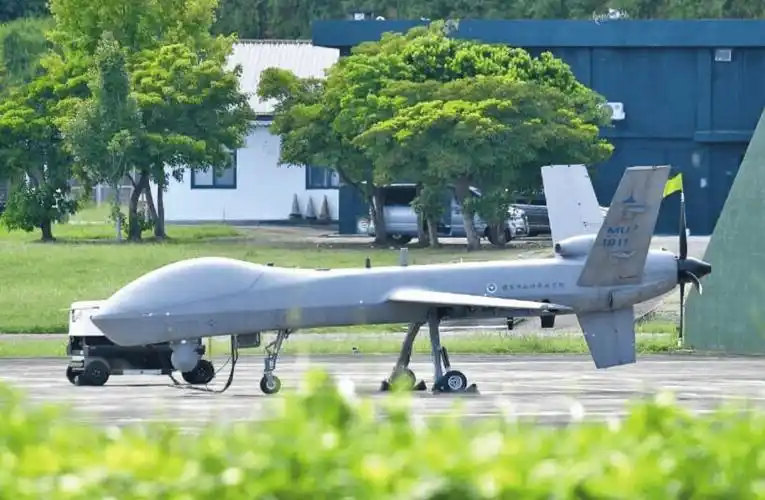
As a typical representative of national strategy and new quality productivity, the low altitude economy is being vigorously promoted in major cities across the country. What is the low altitude economy? What problem does the core aim to solve? What impact will it have on urban transportation in our country? Is the main scenario of low altitude economy in cities or rural areas? ......
Professor Luo Jun, Executive Director of the China Low altitude Economy Alliance, stated in an interview with reporters that the core of the low altitude economy is the urban air traffic economy, which will fill the gap in air traffic below kilometers in China and promote the coordinated development of new economy, new commerce, and new consumption at the trillion level.
What is low altitude economy
Low altitude economy refers to the economic format formed by regular flights below a kilometer, known as low altitude economy. That is to say, the airspace for low altitude economy is below 1000 meters, and only high-frequency and normalized flights can form low altitude economy.
Low altitude economy is not a product or a technology, but an emerging economic activity that can simultaneously drive the coordinated development of primary, secondary, and tertiary industries.
Low altitude economy requires the establishment of an industrial ecosystem, namely: hardware (aircraft), software (flight support platform), and applications (primary, secondary, and tertiary industries).
Low altitude economy and urban transportation
The essence of low altitude economy is urban air traffic economy. That is to say, the main scenario of low altitude economy is in cities, especially large and medium-sized cities, rather than rural areas. The core is to solve the problem of urban traffic congestion, and to drive the rapid operation of people, logistics, and capital flow through rapid air travel.
Low altitude economy will take the lead in building an air traffic network in major and medium-sized cities, organically linking various flight and service stations in the city, and establishing point-to-point and end-to-end air corridors. Special needs such as emergency rescue, firefighting, and medical first aid will be given priority in route planning and will meet the first-time flight requirements.
Outside of cities, there are also some scenarios in rural areas, mainly using drones for agricultural and forestry crop protection, transportation of agricultural products, management of crops, as well as application scenarios such as power inspection, highway inspection, railway inspection, solar panel cleaning, and port transportation.
Low altitude economy will redefine urban transportation
On the one hand, the urban air traffic network constructed by the low altitude economy has built an advanced transportation system over the city, enhanced the city's service functions, and strengthened its infinite vitality; In addition, the advancement of air traffic will undoubtedly have a significant impact on traditional transportation services such as ground transportation companies and taxi companies in cities, and will gradually be replaced by air taxi services. At the same time, the expansion of urban transportation from the ground to the air will fundamentally alleviate traffic congestion and change the urban transportation pattern.
I believe that in the next two to three years, major central cities will be the first to enter the era of low altitude economy, which will reposition urban transportation and shorten the distance between cities.
How to avoid low altitude safety
No means of transportation can guarantee absolute safety, especially in the future when a large number of drones and eVTOLs fly over cities on a regular basis, there is inevitably a possibility of mid air collisions or drops, just like car safety accidents occur every day across the country. In contrast, the safety of civil aviation is much higher than that of ground transportation.
We are fully capable of reducing low altitude safety accidents to a reasonable range in terms of institutional construction and standard rules. On the one hand, we will strictly follow the requirements of civil aviation aircraft for aircraft certification standards; Secondly, optimize the route and avoid planning routes above areas with high pedestrian traffic; Thirdly, high-level planning and construction of a unified national air traffic command platform and ground flight service platform will be carried out to ensure that flight support services are in place; The fourth is to strengthen the professional skills training and certification of operators and managers.



